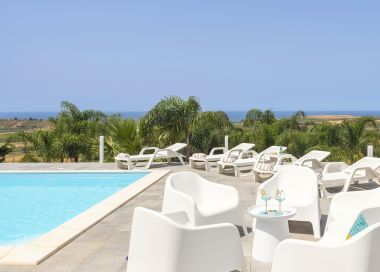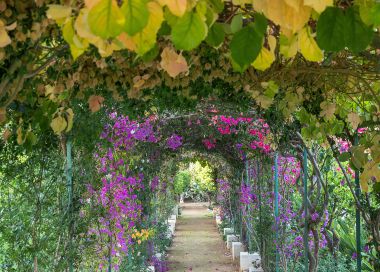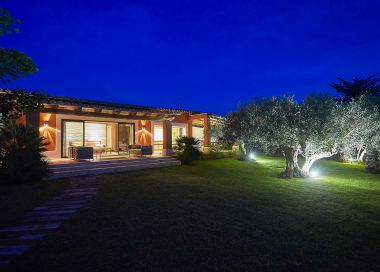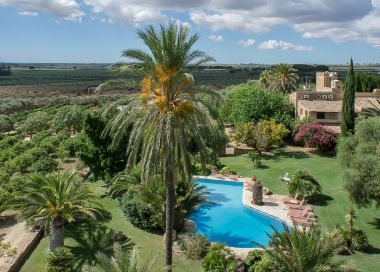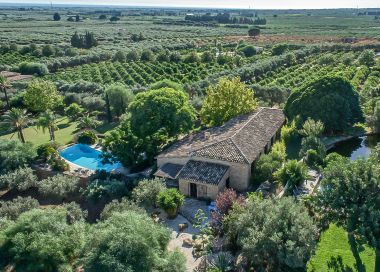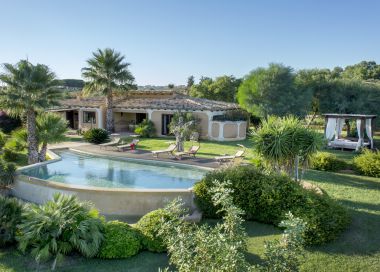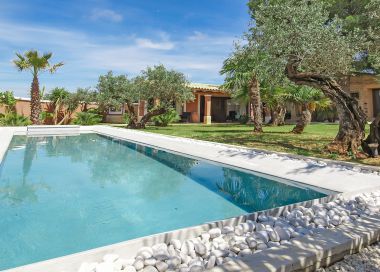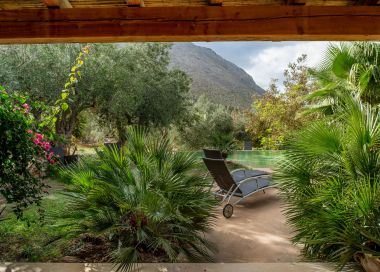Marsala
The Town of Marsala Wine
The origins of the city are closely related to those of Mozia, an island in the Laguna of Marsala on which the ancient Phoenecian city was founded in the 8th Century B.C. It represents the global capital of Naval Archeology - in the Museo del Baglio Anselmi the remains of a Punic ship are conserved, a unique example of a battleship of this kind dating back to 241 B.C. which was the year of the Punic Wars fought in the sea of Lilybaeum. During the first of the three Punic Wars, Lilybaeum was besieged by the Romans and defended by the Punic commander Imilcone. Located in the extreme west of Sicily on Capo Boeo, the town has views of the Egadi Islands and the Islands of the Stagnone Lagoon which come under the control of the municipality of Marsala. The archipelago of the Stagnone Islands is the most striking part of the town and contains a rich heritage as well as being classified as a nature reserve. Marsala still retains today the original street plan developed along the lines of a quadrilateral, typical of the hellenic period, which was originally bordered on one side by a boundary wall. Four bastions of the wall from the 16th Century remain intact and contain the historic centre and the Spanish quarter. Monuments of particular interest include the Convento dell'Annunziata, the medieval castle and the Grotto of the Lilybethan Sibilla located below the church of San Giovanni Battista. However, Marsala is above all famous for being the historic town of Sicilian wine after John Woodhouse discovered Marsala wine here in 1773 and began exporting it all over the world. This is how the town's economy became linked to the cultivation of grapes and to the production of sweet and dry wine. The historic Sicilian wineries such as Florio, Pellegrino and Rallo can be found either inside the town or nearby. A special section of our web site is dedicated to this topic - for more information please see Wine Routes and the Province of Trapani.






